Old Father Christmas
Jolly old Saint Nick is as old as the Reformation. Today's merry old Santa came about as an allegorical response to joyless Puritans who condemned Christmas celebration as "trappings of popery" and the "rags of the Beast."  When England's Puritan rulers banned Christmas in 1647, pro-Christmas rioting broke out in several cities, and for weeks Canterbury was controlled by the rioters, who decorated doorways with holly and shouted royalist slogans. The Restoration of Charles II in 1660 ended the ban, but many clergymen still disapproved of Christmas celebration.
When England's Puritan rulers banned Christmas in 1647, pro-Christmas rioting broke out in several cities, and for weeks Canterbury was controlled by the rioters, who decorated doorways with holly and shouted royalist slogans. The Restoration of Charles II in 1660 ended the ban, but many clergymen still disapproved of Christmas celebration.
The symbolic personification of Christmas as a merry old figure began as resistance to Puritan criticism of observing the annual Christmas feast. He is "old" because of the antiquity of the feast itself, which its defenders saw as a good old Christian custom that should be kept. Allegory was popular at the time, and so "old Christmas" was given a voice to protest his exclusion, along with the form of a rambunctious, jolly old man.
In the British tradition, he was referred to as "Sir Christmas" or "Lord Christmas" during the Victorian era. Today he is affectionately known as Father Christmas.
 Vice-Regal Saint:
Vice-Regal Saint: 





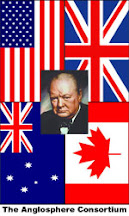

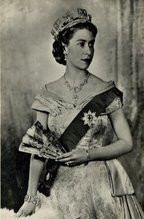








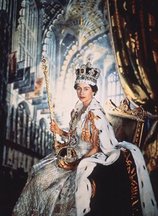
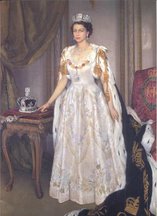
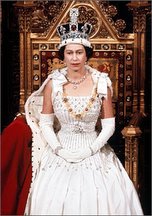
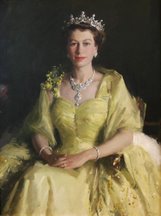
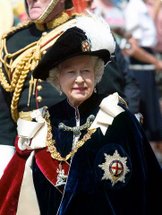

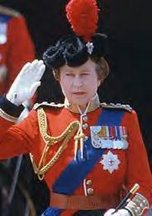




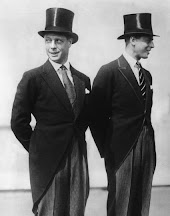






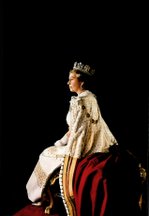



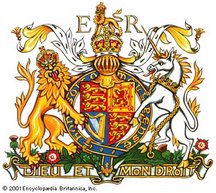

.gif)
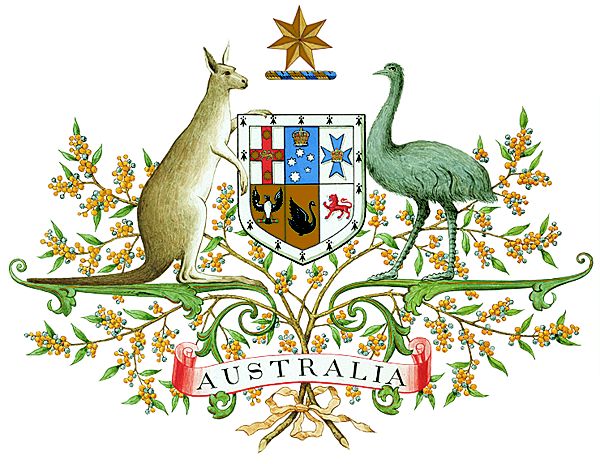
.gif)

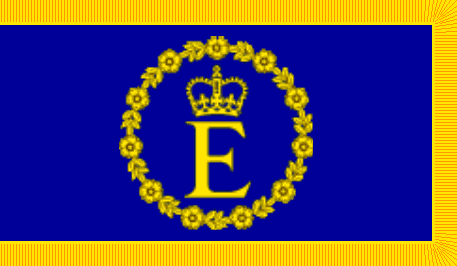
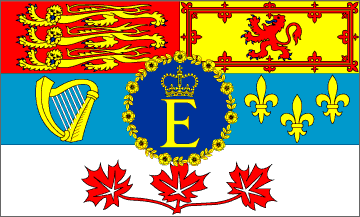
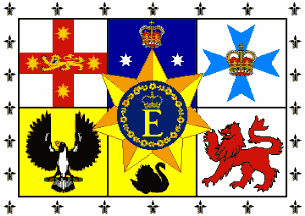
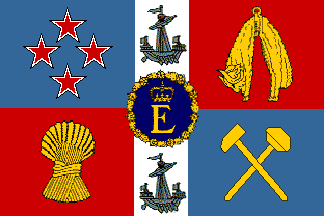
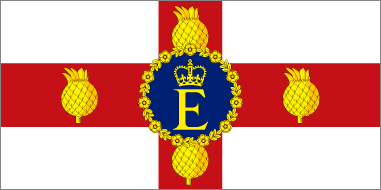
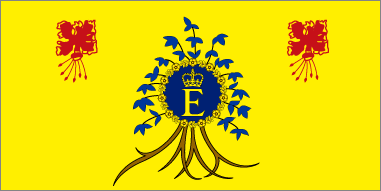
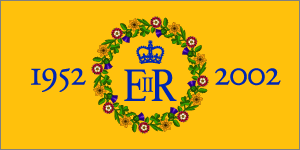


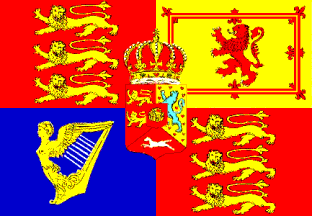
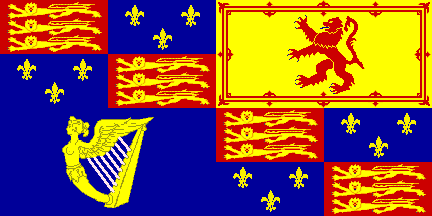
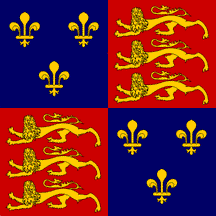
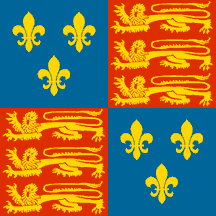
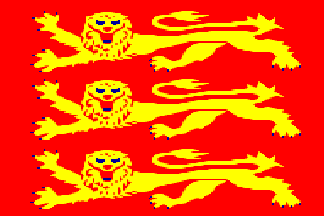
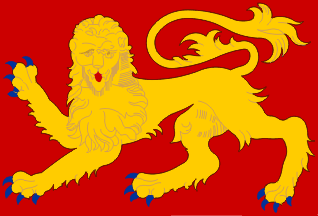
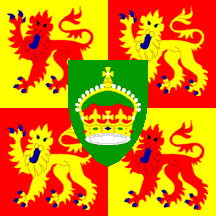

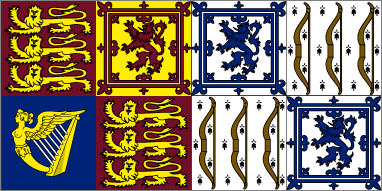
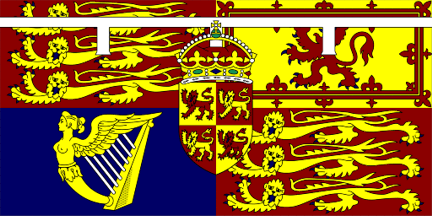
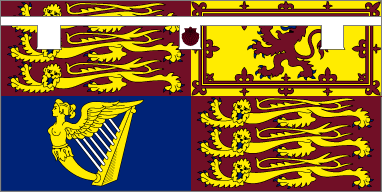
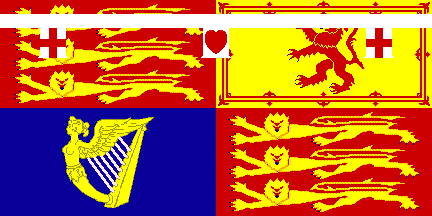
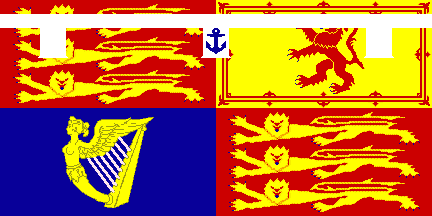

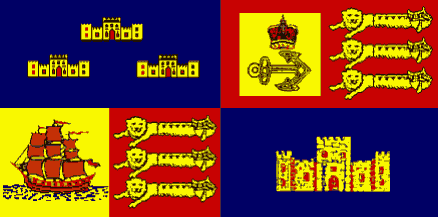
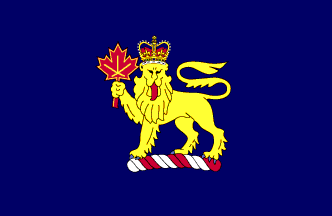
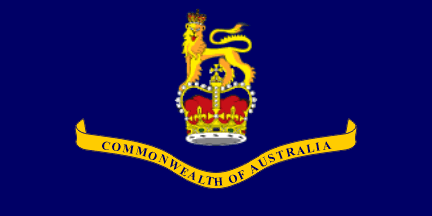
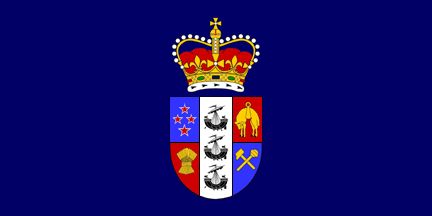
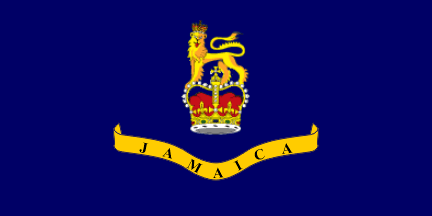
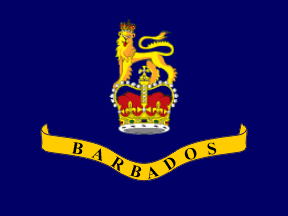


























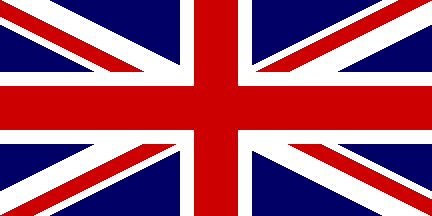




















































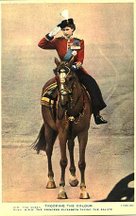

1 comments:
Why do you describe the Puritans as "joyless"?
Post a Comment